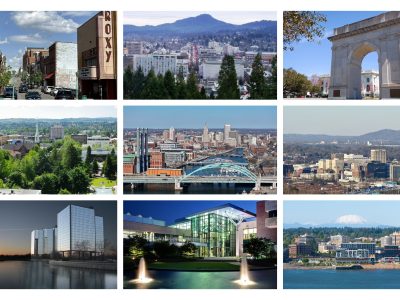Buying vs. Leasing an Asset
The question of whether a business should buy or lease an asset is among the most basic in the world of business. Each option has its own tax and income advantages and disadvantages, and the decision must be analyzed in the context of the business’s overall circumstances. Even after a company has decided to lease rather than buy, there remains a decision to be made: whether to use an “operating lease” or a “capital lease.”
Capital Lease vs. Operating Lease
A capital lease gives the lessee rights similar to those of an owner of the asset, and capital leases look very much like traditional loan arrangements in which the loan is secured by the equipment involved. An operating lease does not give the lessee those rights. Which type of lease is best for a particular situation requires an evaluation of all consequences of the choice.
Example: ABC Corporation
Assume that ABC Corporation wants to acquire a machine that makes widgets. The machine costs $500,000 to purchase. ABC could also lease the machine for monthly payments of $1,000 each. Leasing the machine would allow ABC to retain its cash for customary operations. Additionally, leasing the machine under an operating lease would mean that ABC avoids the risks of owning the equipment – depreciation, obsolescence, perhaps some maintenance expenses, taxes assessed on the equipment, and so on.
Drawbacks of Operating Leases
There are some negative aspects of using an operating lease, however. ABC must show all payments under the operating lease on its income statement (reducing ABC’s net income) instead of showing the machine on its balance sheet and recognizing only the depreciation allowed on the machine on its income statement.
Payments under an operating lease must be “expensed.” This means that the lease payments are reflected on a company’s income statement and therefore reduce the company’s net income as shown on the income statement. Since traditional lenders place emphasis on a company’s financial statements, operating leases can complicate the process of getting (or maintaining) traditional financing.
Capital Leases and Financial Statements
Assets under operating leases are not reflected on a company’s balance sheet. This is different from what would be the case under a capital lease. With capital leases, the lessee has rights that are essentially the same as those enjoyed by a company that actually owns the equipment. With capital leases, payments are “capitalized,” meaning that they are reflected on the balance sheet rather than the income statement. They do not affect the company’s net income.
Small Businesses and Lease Structuring
Small businesses will obviously be tempted to structure lease arrangements so that all lease payments essentially constitute a series of installment payments toward the purchase of the asset over time, meaning that the company will own the equipment at the end of the term of the lease – in other words, a capital lease. Generally accepted accounting principles (“GAAP”) and IRS standards control which leases will be considered operating leases and which will be characterized as capital leases.
Criteria for Operating Lease Treatment
To be treated as operating leases, agreements must meet the following requirements:
- The lease term must not be longer than 75% of the expected lifespan of the asset covered by the lease.
- The lease cannot result in the lessor transferring ownership of the equipment to the lessee at the culmination of the lease term.
- The lease cannot contain a provision allowing the lessee to purchase the asset for a nominal payment at the end of the term of the agreement.
- The present value of all payments under the lease cannot exceed 90% of the fair market value of the asset as of the effective date of the lease.
For financial guidance and business funding solutions, visit Advance Funds Network.



